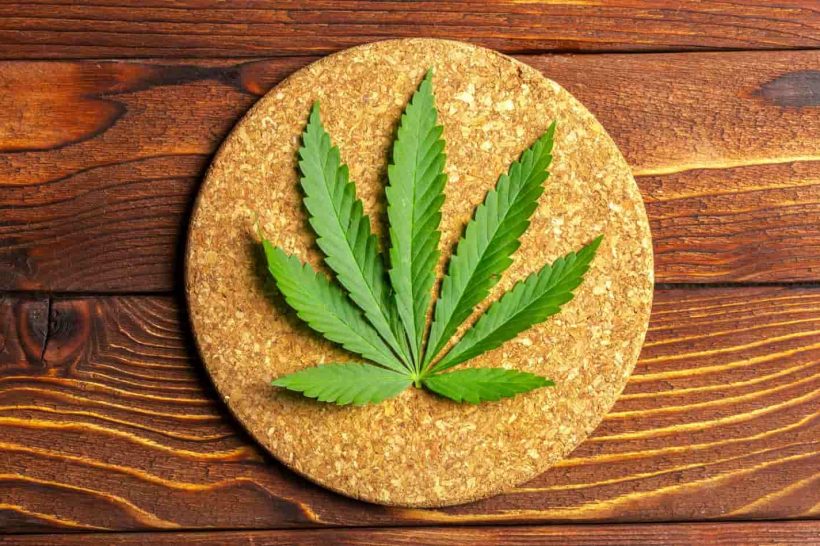If you’re new to the medical marijuana community, sorting through cannabis products and strains can be confusing. Fortunately, CannaMD is committed to fostering patient education and making treatment as easy to understand as possible.
In this article, we define the difference between the sativa and indica strains and help patients determine how to choose a medical cannabis product that is right for them.
The “Three-Type” System
When researching cannabis, you may have noticed strains broken up into two distinct categories: sativa and indica. These two categories are part of the three-type system. The three-type system (consisting of indica, sativa, and hybrid strains) is commonly used to predict how the composition of a strain will affect its user.
The effects of these categories are popularly defined as:
Sativa strains: Energizing, good for physical activity, socializing, and creativity
Indica strains: Sedating, good for nighttime use and relaxation
Hybrid strains: A blend of sativa and indica strains
The problem with this system is that there is little evidence to suggest that indicas and sativas exhibit a consistent pattern of chemical profiles. While sativa and indica cannabis strains look and grow differently, this distinction is primarily only useful to cannabis cultivators. As far as user effects, it turns out a lot of other factors may be more important.
Popular cannabis news outlet, Leafly, spoke with neurologist Ethan Russo, who claims:
The way that the sativa and indica labels are utilized in commerce is nonsense.
Chemist Jeffrey Raber agrees, noting:
There is no factual or scientific basis to making these broad [sativa vs. indica] sweeping recommendations, and it needs to stop today. What we need to seek to understand better is which standardized cannabis composition is causing which effects, when delivered in which fashions, at which specific dosages, to which types of [consumers].
But if sativa and indica classifications aren’t the best way to distinguish between user experiences, where did the terms come from? And what other plant properties should we be studying?
Sativa and Indica: History
Introduced in the 18th century, the terms “sativa” and “indica” were created to define two different species of cannabis. Carl Linneaus used the term “sativa” to describe hemp plants found in western Eurasia and Europe, where they were cultivated for their fiber and seeds. Jean-Baptiste Lamarck used the term “indica” to describe the psychoactive varieties of cannabis discovered in India, where they were harvested for their seeds, fiber, and hashish production.
Although these words were originally adopted to describe two distinct strains of cannabis (Cannabis sativa and Cannabis indica), both terms are now used to organize thousands of strains circulating the market.
Today, sativa refers to tall, narrow-leaf varieties of cannabis, whereas indica describes stout, broad-leaf plants.
While many users try to predict the effects of a particular cannabis product based on its sativa/indica designation, the effects of a strain do not always align with its physical properties.
Let’s take a look at how a strain’s chemical composition affects the user, and how knowing that chemical composition can help patients find better strains that work for them.
Predicting Product Effects
Choosing a strain based on the sativa versus indica classification alone can paint a muddy picture of the effects a user will feel. A number of different factors, including the product’s chemical profile, the user’s biology, tolerance, dose, and consumption method determines how a particular cannabis product will be experienced. Understanding how these factors influence perceived effects can help you find a product that works best for you.
Looking at the chemical profile of a strain, including cannabinoids and terpenes, can be a great place to start.
CANNABINOIDS
While researchers are still trying to pinpoint an exact number, recent studies suggest marijuana contains over 100 unique chemical compounds called cannabinoids. Two of the most common cannabinoids are tetrahydrocannabinol (THC) and cannabidiol (CBD).
Instead of choosing a strain based on its indica or sativa classification, consider basing your product decision on the amount of THC and CBD contained in a specific strain.
THC-dominant strains are known to elicit psychoactive effects and are commonly recommended for the treatment of chronic and severe pain.
CBD-dominant strains contain very small amounts of THC and are preferred by patients suffering from anxiety and/or those who do not wish to experience any psychoactive effects.
Hybrid strains contain balanced levels of THC and CBD and are often recommended as a “first step” for new patients.
TERPENES
Terpenes are aromatic compounds commonly produced by fruits and plants, such as cannabis. Much like essential oils, terpenes can make users feel relaxed or energized, depending on the terpene and its relation to other compounds present in that particular strain.
According to a growing number of experts, appreciating the interaction between different cannabinoids and terpenes may better assist you in finding the perfect cannabis product – more so than simply focusing on sativa versus indica designations.
